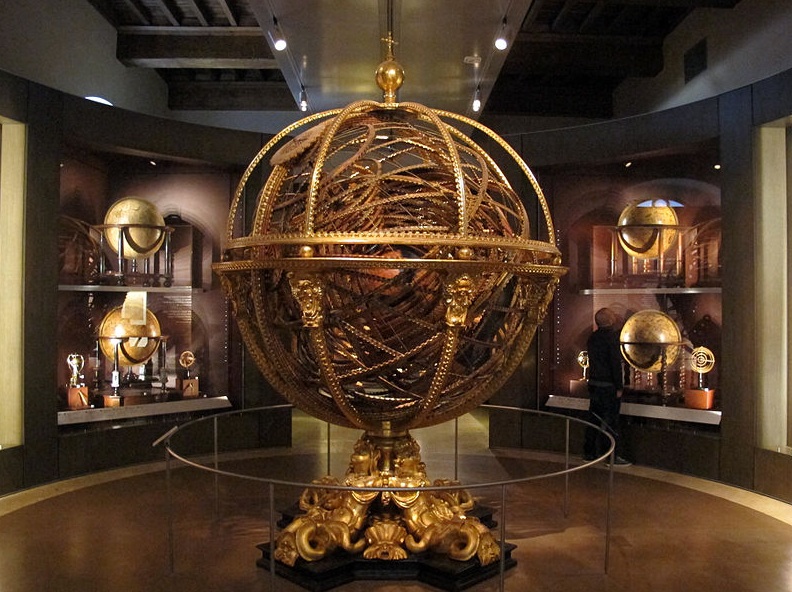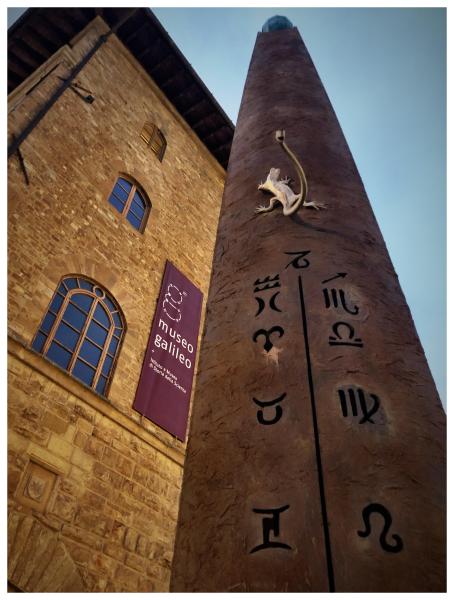- Read offline
- Access all content
- Use the in-app Map to find sites, and add custom locations (your hotel...)
- Build a list of your own favourites
- Search the contents with full-text search functionality
- ... and more!
Museo Galileo
The History of Science

For all that Florence and Tuscany contributed to the birth of science, it is only fitting that this museum should be in the centre of the city, in the 11th-century Palazzo Castellani just behind the Uffizi.
Between 1574 to 1841, the palace was the seat of the Giudici di Ruota, the Duchy's high court judges; later it housed the Biblioteca Nazionale and the Accademia della Crusca before becoming the city's science museum. In front stands a monumental sundial, shaped liked an Egyptian obelisk, erected in 2007.

Room I is devoted to scientific items collected by the Medici that were originally displayed in the Tribuna of the Uffizi, including curious-looking glass thermometers blown in the Pitti Palace glassworks.
Room II contains instruments measuring time and distance that are often works of art in themselves, including pocket sundials and Tuscan sundials in the shape of Platonic solids.
Images by aiva., Sailko, GNU Creative Commons License

